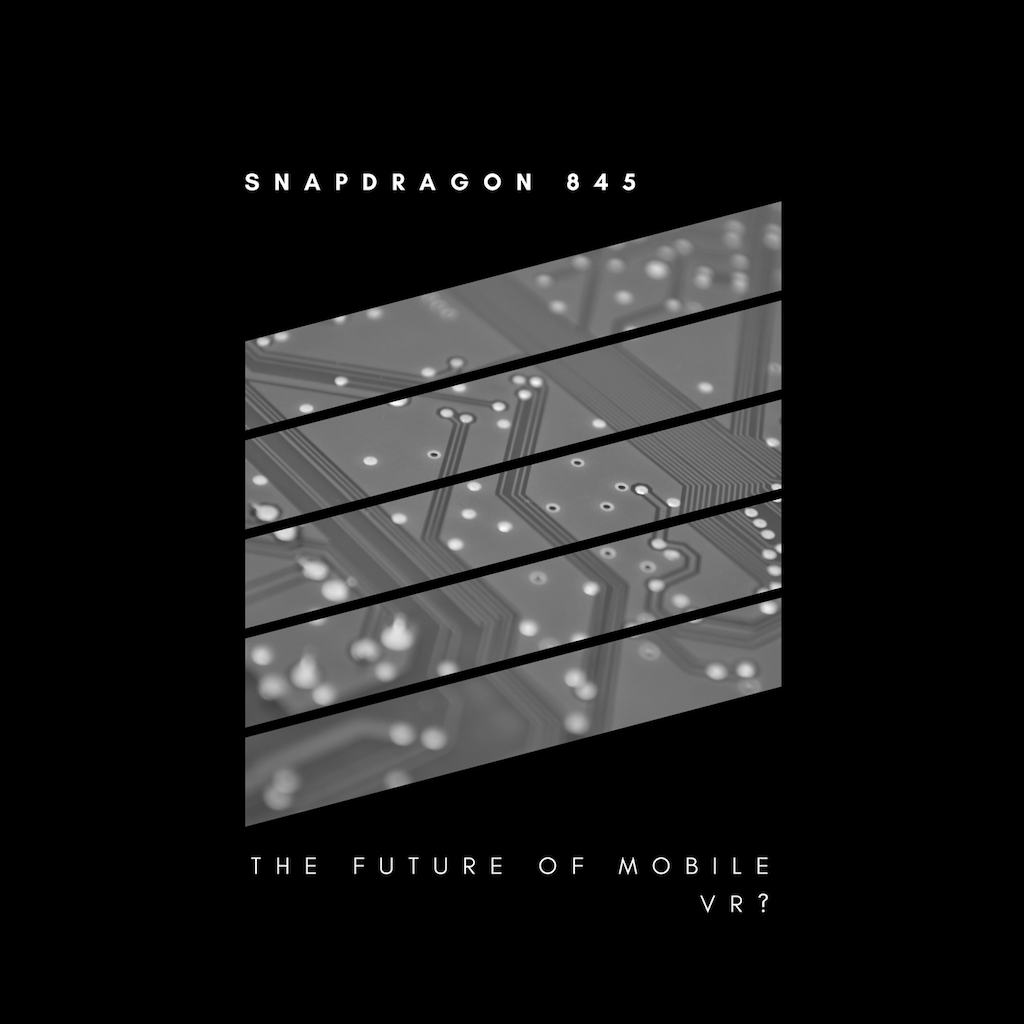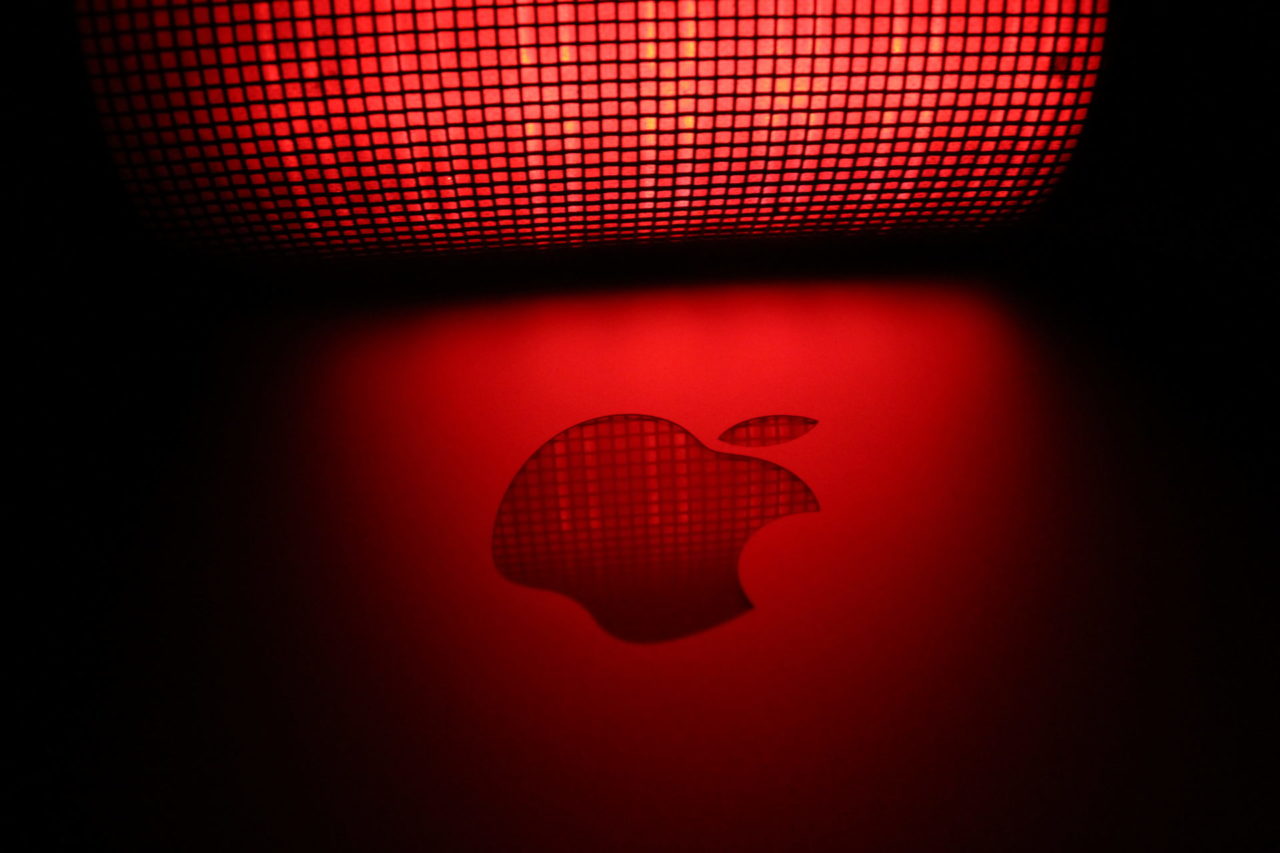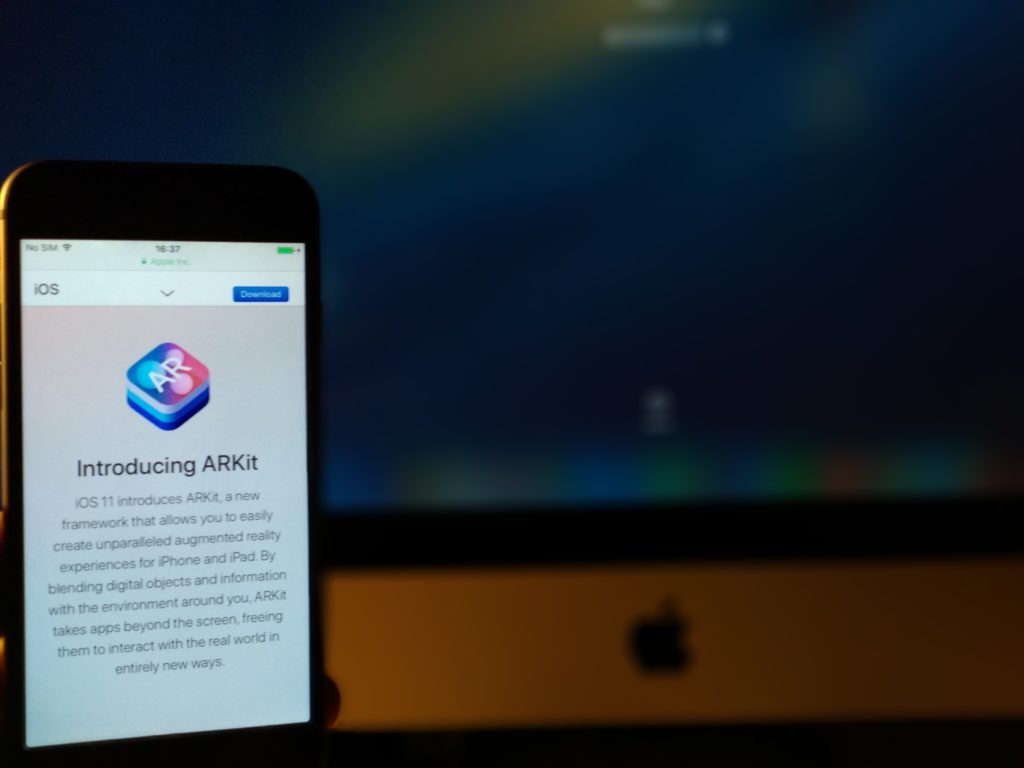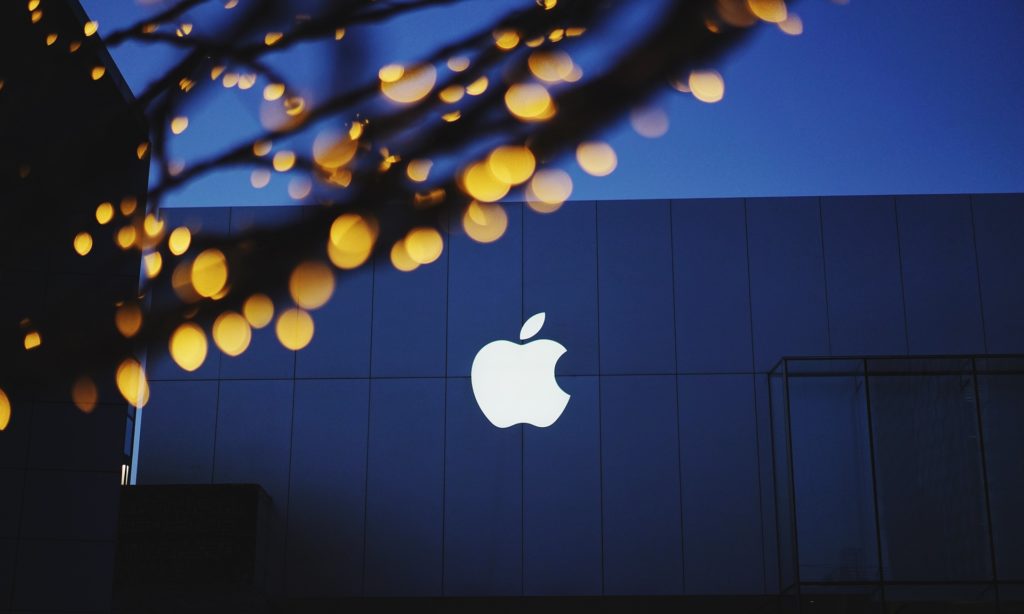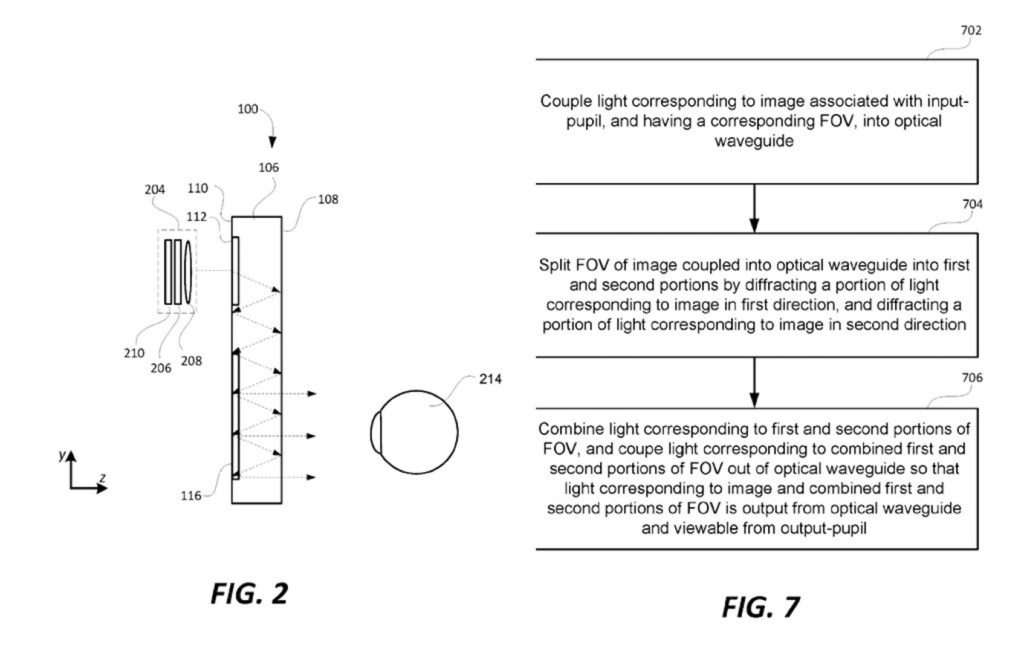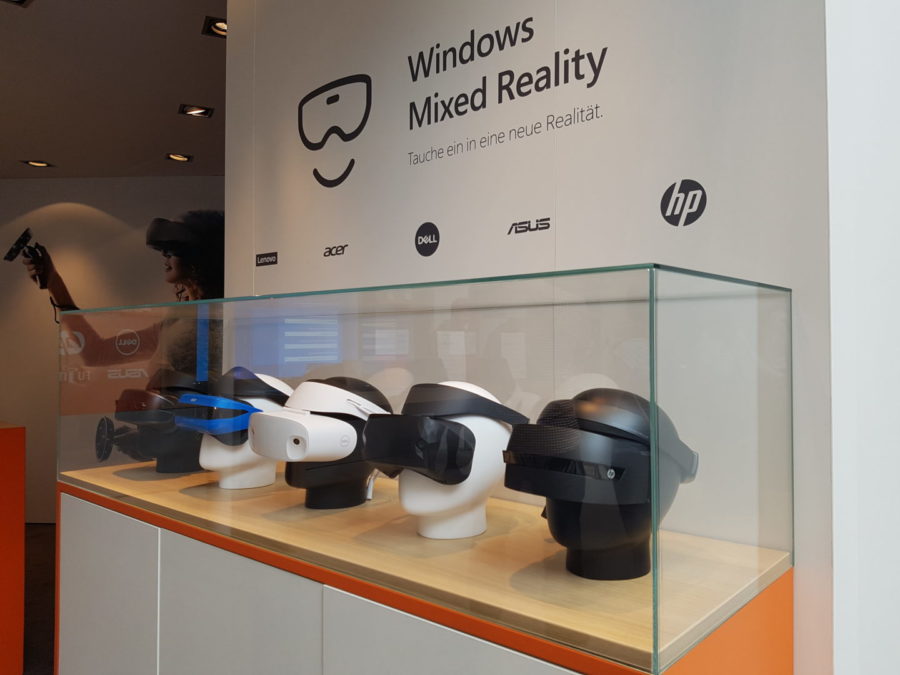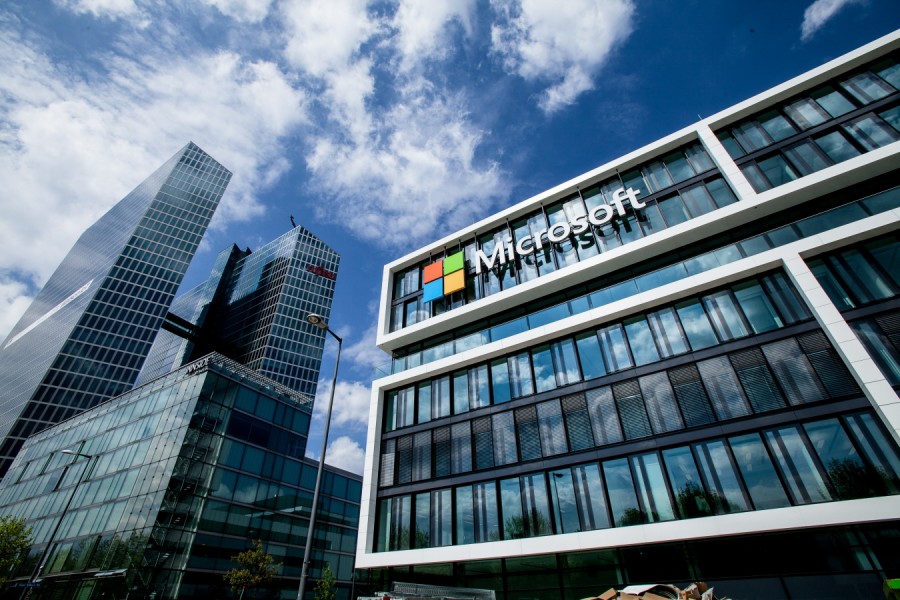26/02/2018 - Kommentare deaktiviert für Qualcomm is laying the foundation for the next Generation of mobile VR
Qualcomm is laying the foundation for the next Generation of mobile VR
You probably know Qualcomm best for its SoCs, powering the majority of mobile phones. Are you asking yourself what exactly these guys have to do with Virtual-, and Augmented Reality? A lot... let us clarify!
Qualcomm announces Snapdragon 845
Ahead of the Mobile World Congress, they announced the new reference platform which inhabits the new Snapdragon 845 processor and is a blueprint for the big tech companies to build their hardware based on it. It is the successor of the Snapdragon SoC 835 which will be powering popular standalone VR headsets like the Mirage Solo and focuses on different fields of attention. One of these will be a category called "Immersion", clearly targeting Virtual,- and Augmented Reality (Qualcomm calls it XR for eXtended realities). But what exactly does it provide and why can it be a gamechanger for untethered, mobile VR?
Obviously, it has to be more powerful and energy-efficient than its predecessor, which it will be by 30% thanks to the new Adreno 630 sub-processing unit. Even more interesting seems a highly anticipated technology called foveated rendering. Thanks to eye-tracking support the SoC recognizes accurately where you are looking and only renders the part you have in focus - kind of like our eyes do. If companies can make use of this feature and create solutions that work, it is a great chance to make VR experiences visually stunning, without being in need of a high-end gaming PC.
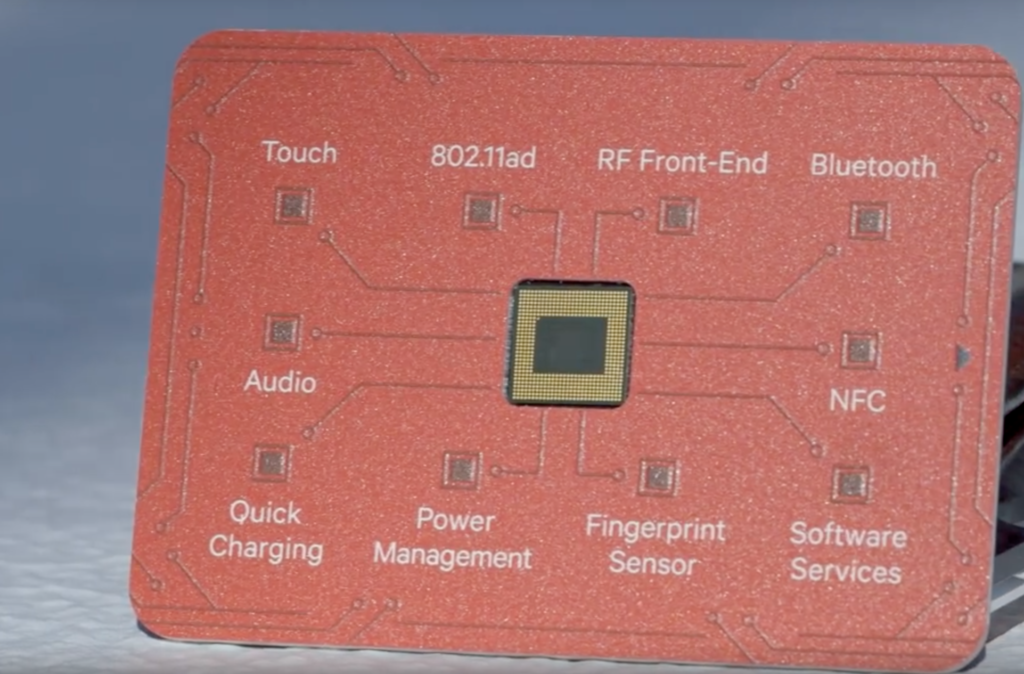
Something as small as your thumbnail can be so powerful...
Besides, Qualcomm promises to support display resolutions up to 2000x2000 pixels per eye at 120Hz which would feature displays on par with, or even better ones than top-notch tethered VR HMDs, like Samsung Odyssey or even the new HTC Vive Pro.
A feature Qualcomm established already in the Snapdragon 835 is the support for inside-out-tracking, which accesses cameras to understand the position of you and the device. What's new is so-called SLAM (Simultaneous Location And Mapping), which will narrow down the tracking and make it more precise. It will be possible not just to track the position of the device, but to identify you as a user and objects in your environment. Hence giving you the potential to integrate real obstacles into your immersive and digital environment, blurring the lines between the virtual and actual reality.
It is going to be very interesting to see what HMDs the established VR and AR companies can come up with and how good they can make use of Qualcomm's SoC that has been laying the groundwork for the next generation of mobile and fully untethered immersive experiences. It definitely will take a while since the announced headsets for 2018 will mainly incorporate the 835 version, but it is for sure an interesting outlook what is awaiting us in the not too distant future. Mobile VR is here to stay, making digital realities more accessible to the masses.

